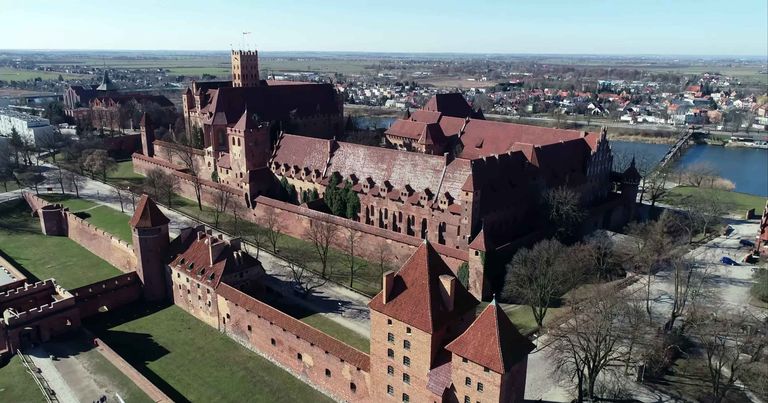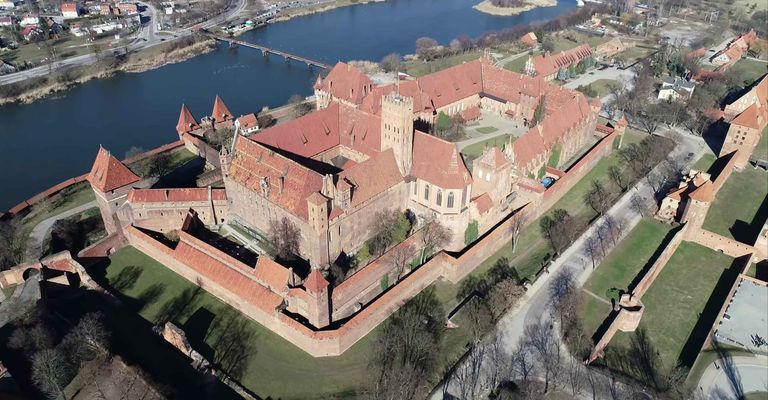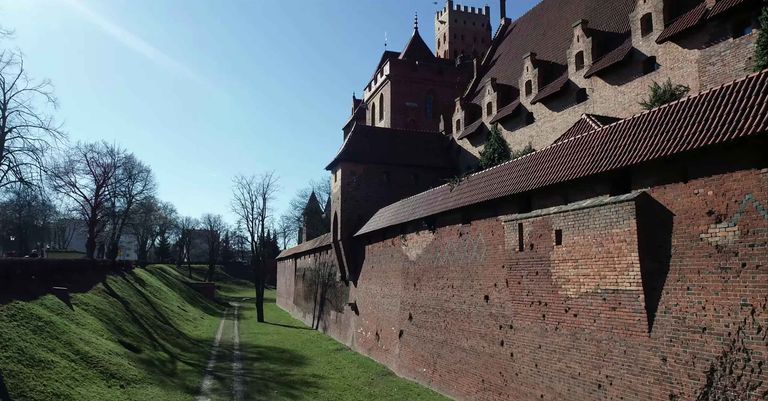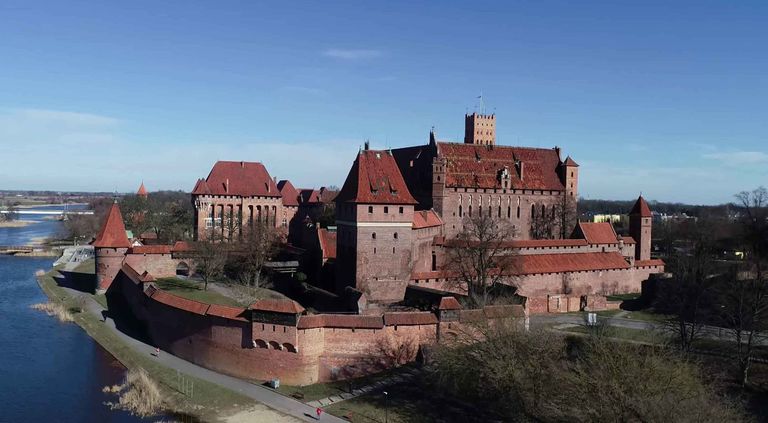
Next to the Order of Knights Hospitaller and Templars, it was a symbol of the power of the Order of the Hospital of the Holy Virgin Mary of the German House in Jerusalem. It is the most powerful fortress of medieval Europe and an example of perfect defensive architecture. The castle was once the capital and residence of great masters. Over the centuries, it was rebuilt many times, destroyed and rebuilt. Today it looks impressive and is a tourist attraction.
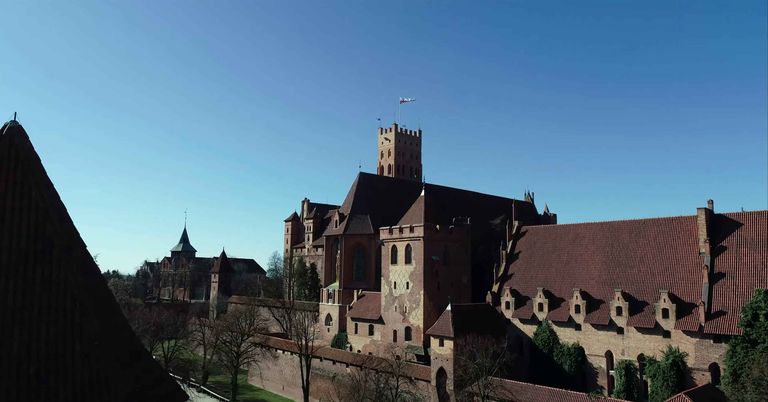
The building covers over 18 hectares and is the largest medieval castle in Europe
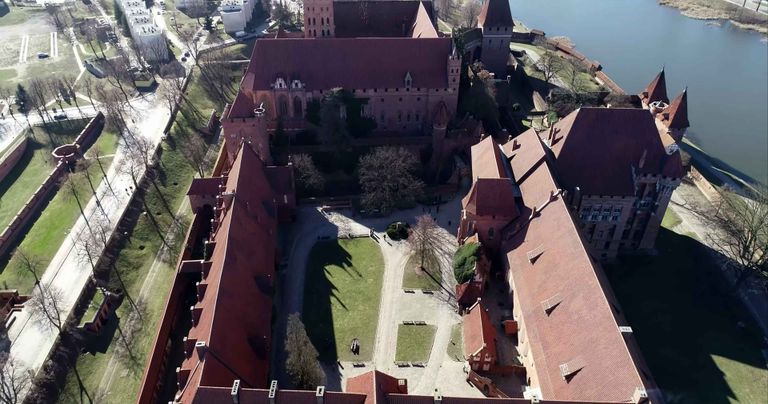
The castle was built in several stages and its construction took almost 170 years. First, the so-called High Castle was built, i.e. the commander's stronghold. In the first stage of construction, the Komtur stronghold was built - the High Castle. Initially, the Castle was a rectangular building surrounded by walls with a courtyard and a chapel. The whole building was surrounded by canals and a moat, and this is still the case today.
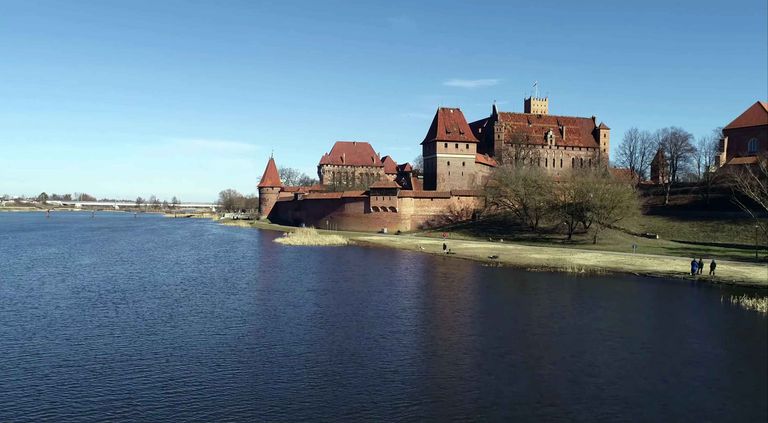
A large number of monks came to Malbork with the great master, which required rebuilding and the facade of the castle hides an 8-meter high statue of the Mother of God with a child. It is covered with a mosaic of Venetian glass.
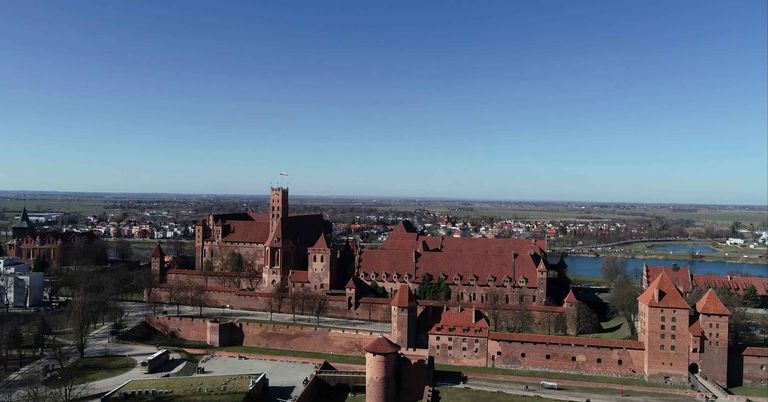
Unfortunately, in 1945, during the artillery fire of the Red Army, the figurine was destroyed. its repair began only in 2014. Over 350,000 cubes of glass of various types in which gold flakes were embedded were used to repair it
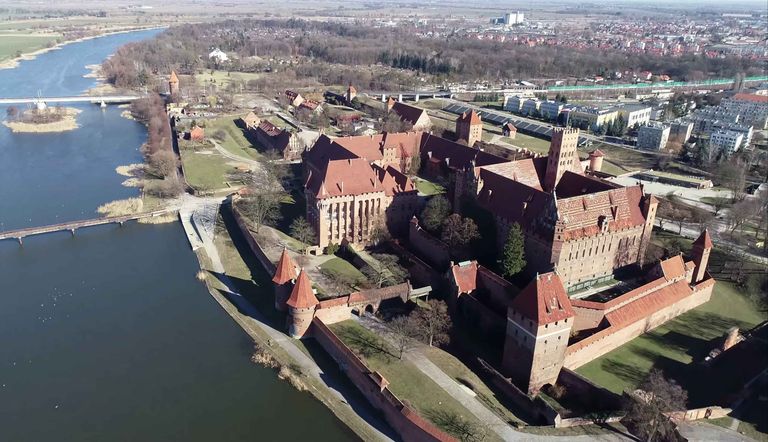
Along the gigantic 7-meter-high walls of the castle there is a moat filled with water from a nearby lake. Currently, there is no water in it, it is dry.
The Battle of Grunwald and the Thirteen Years' War
After the Teutonic Knights lost the Battle of Grunwald, the finances of the Teutonic Order were not doing well. Money was running out. The weakened state of the Teutonic Order lost most of its castles in a short time, but not Malbork. The conquest of Malbork took 13 years (the so-called Thirteen Years' War). The castle, however, did not succumb to the onslaught of troops, but only money. Poland promised to pay the outstanding wages to the Teutonic Knights and thus took over the castle.
Throughout history, the castle in Malbork has changed many times. Constantly rebuilt and renovated. It survived the entire Second World War until 1945, where it was badly damaged by the onslaught of the Belarusian front. The Germans created a kind of fortress in the castle and defended themselves against the onslaught of Russians for almost 2 months
Currently, the castle is open to tourists, and in 1997 it was inscribed on the UNESCO World Heritage List
